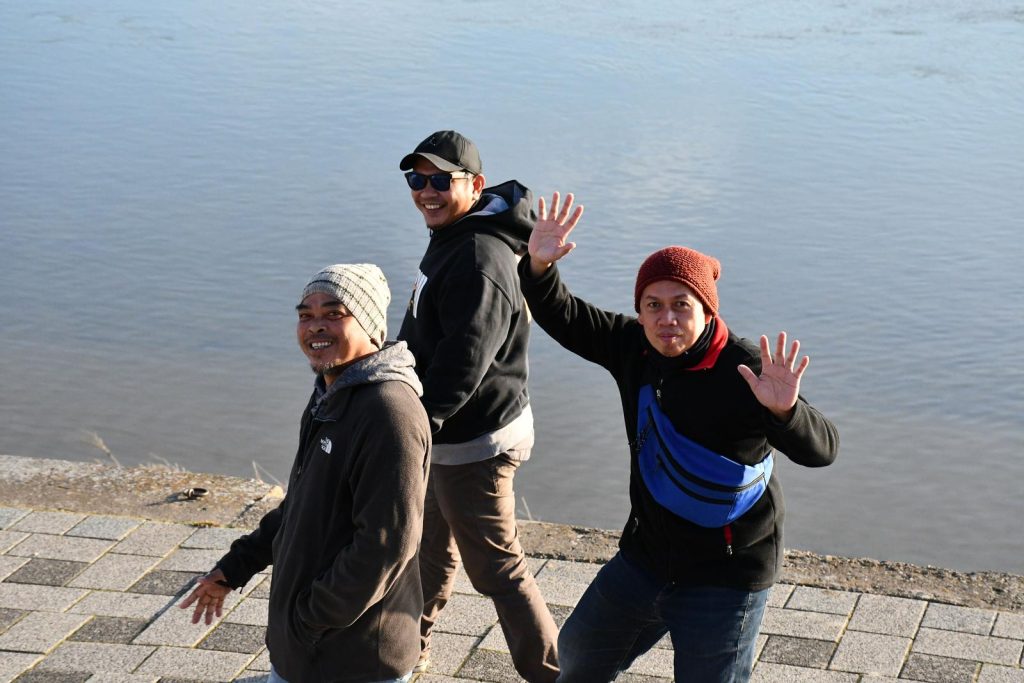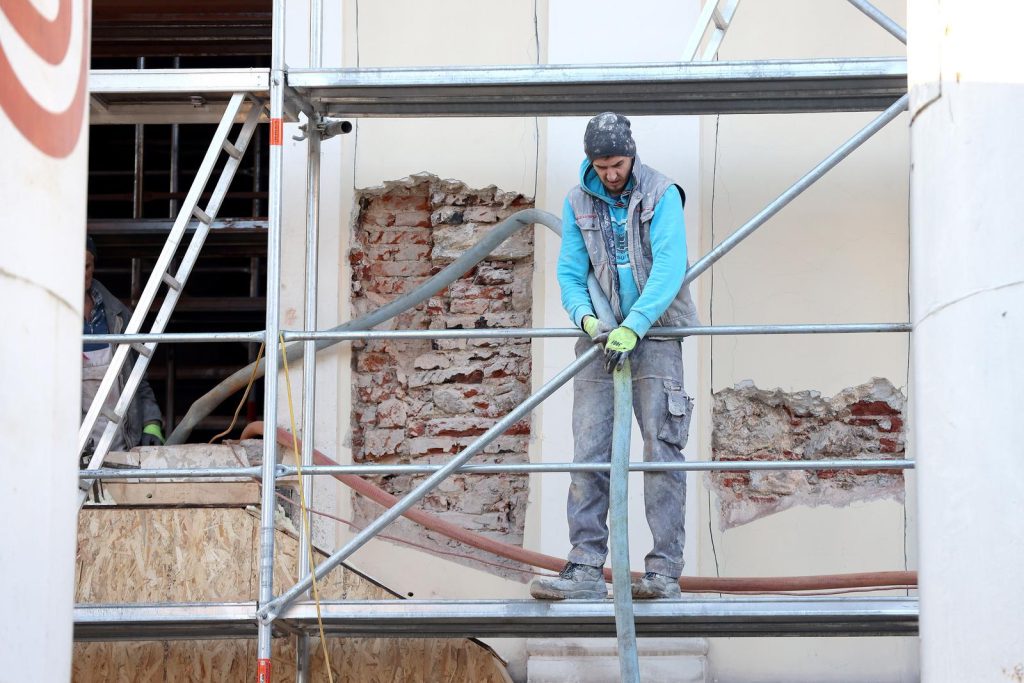April the 13th, 2024 – Most headlines involving the influx of third country nationals in Croatia involve Nepali and Filipino nationals, but they’re not alone. Currently, there are 1,300 Egyptians working in Croatia.
As Poslovni Dnevnik writes, over the first quarter of this year, more than 52,000 work permits were issued to foreign workers. If the filling up of jobs continues at this pace, the Croatian Employers’ Association (HUP) estimates that the number of employed foreign workers employed will exceed a massive 200,000 by the end of 2024. Over the last year, when there were already concerns circulating the public space about this sudden and large influx of foreigners, almost half as many permits were issued in the first three months alone – a total of 27,000.
there are more and More and more Filipinos

According to the number of issued work permits and residence permits from the Interior Ministry’s records in the first quarter of this year, it’s evident that Nepal will be the new main pool from which the Croatian economy goes in search of its workers. One in five people to whom a permit was either issued or extended this year, refers to a national of that country (10.7 thousand).
In addition to that, the fact that 23,000 workers from Nepal were granted entry in the whole of last year speaks of their very marked increase. New information that can be gleamed from the Interior Ministry’s data for the month of March 2024 is the entry of Egypt among the ten countries from which the largest number of workers arrive. According to the official data, there are now more than 1300 Egyptians working in Croatia.
Until recently, the most numerous workers from outside of the EU were people from neighbouring Bosnia and Herzegovina. They’ve now been pushed down from the top to second place, with 10 thousand permits having been issued to their citizens. Serbia returned back to third place in terms of the number of work permits issued, after the Indians briefly overtook it.
Back in March, 1,600 work permits were issued for Indian citizens, meaning that a total of 5,000 of them were employed this year, while 2,600 permits were approved for workers from Serbia in March. The number of Filipino nationals is also growing, with slightly more than 4,000 permits having been issued during the aforementioned month. Croatian companies from the construction sector now mostly deal with hiring workers from non-EU countries, and the Interior Ministry approved work permits for over 19,000 workers in the first quarter of 2024 alone. Tourism and catering/hospitality are the second economic activity in terms of the number of permits issued (14,000), while slightly less than 7,000 work permits were rubber stamped for jobs in industrial production. With the increasing number of Egyptians working in Croatia, it will be interesting to see how these numbers fluctuate going forward.
Istria… then zagreb

Most of the work permits approved in the first quarter of 2024 refer to new employment (36,000), while over 13,000 requests were granted for permit extension. Over 2,000 permits were also then approved for seasonal jobs in tourism, hospitality and catering.
It’s also quite interesting to note that almost the largest number of permits for new workers was approved for jobs in Istria, only slightly less than in the City of Zagreb and the Zagreb area, which are two counties at the same time. 6,900 workers were allowed to remain in in Croatia for for employment in Zagreb, and 6,000 in Istria. When additional extended seasonal employment permits are added to that, these are still the two economic areas where foreigners are mostly employed.
In terms of numbers, other coastal counties also stand out in terms of not only Egyptians working in Croatia, but the situation with third country nationals in general. Over 5,000 permits were approved in Split-Dalmatia, almost 4,000 in Primorje-Gorski Kotar, over 3,000 down in Dubrovnik-Neretva, and slightly more than 3,000 in Zadar. Only Šibenik-Knin County is somewhat “lagging behind” as far as this trend is concerned. This year, the green light was given for the employment of “only” 1,500 thousand foreign workers.
As far as the continental counties are concerned, the approved permits are mainly a reflection of the economic strength and activity in certain areas. The fewest permits issued are rather unsurprisingly in the Požega-Slavonska and Virovitica-Podravina counties (less than 300 permits in both), Bjelovar-Bilogorska (less than 600), and Vukovar-Srijem, where even fewer work permits were approved than in the smallest and once least developed Lika-Senj County, where 903 permits were issued in the first three months of 2024.











